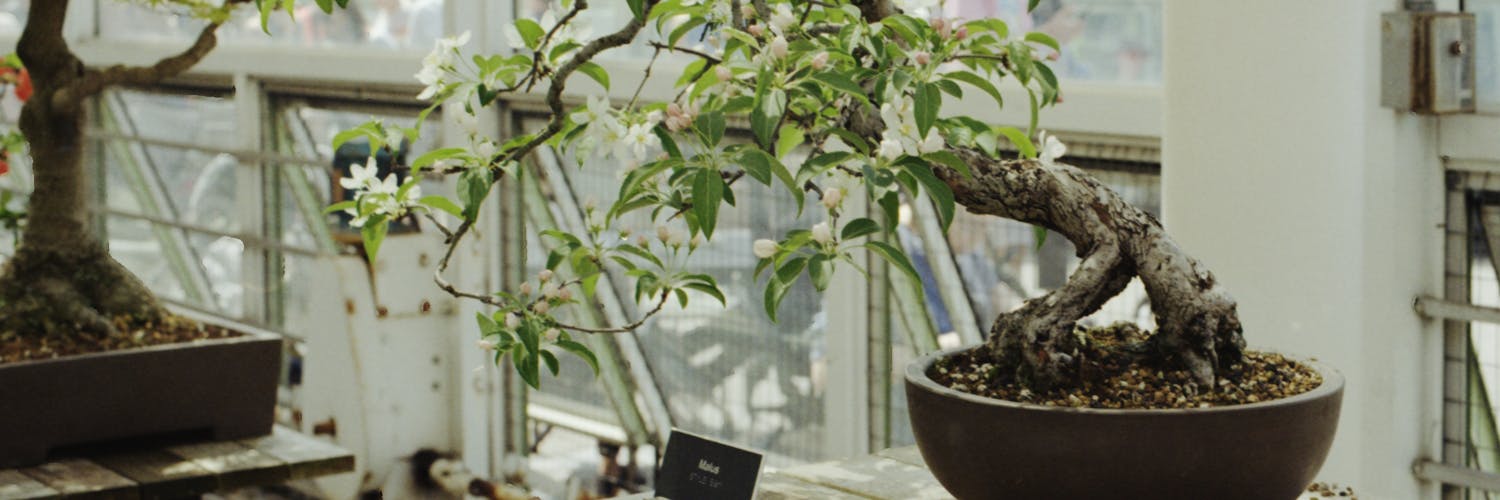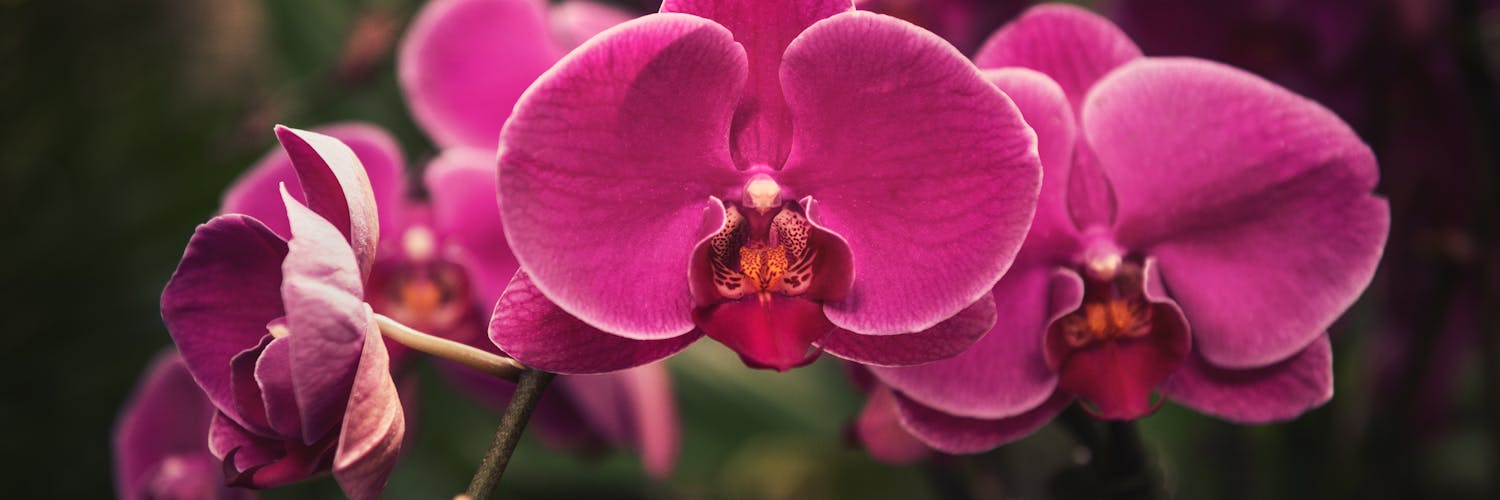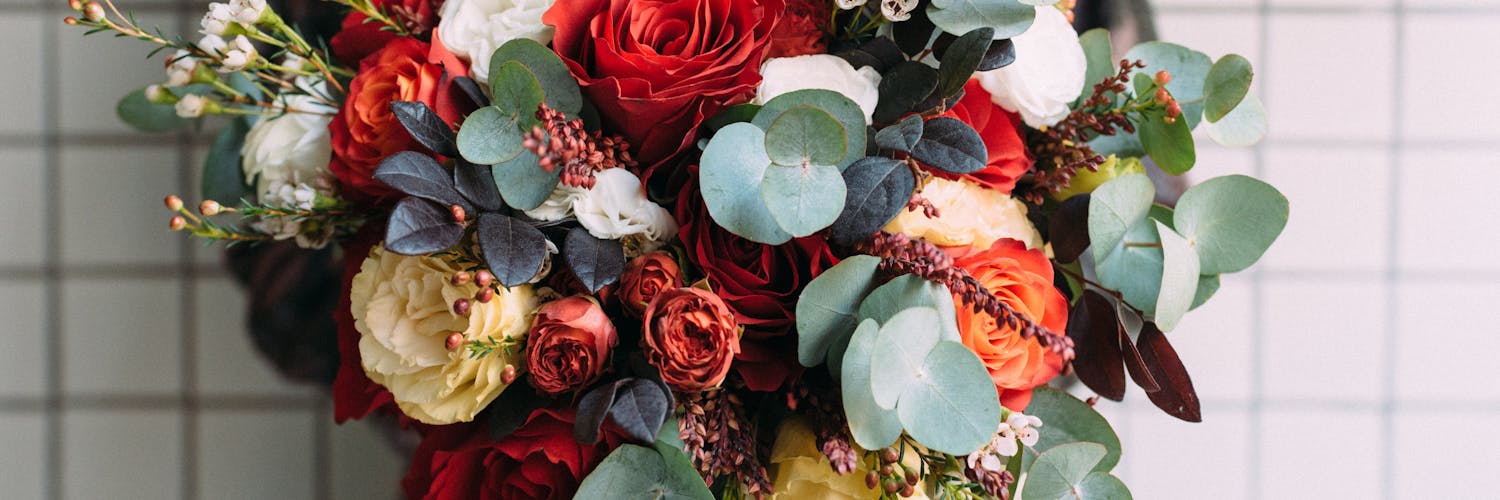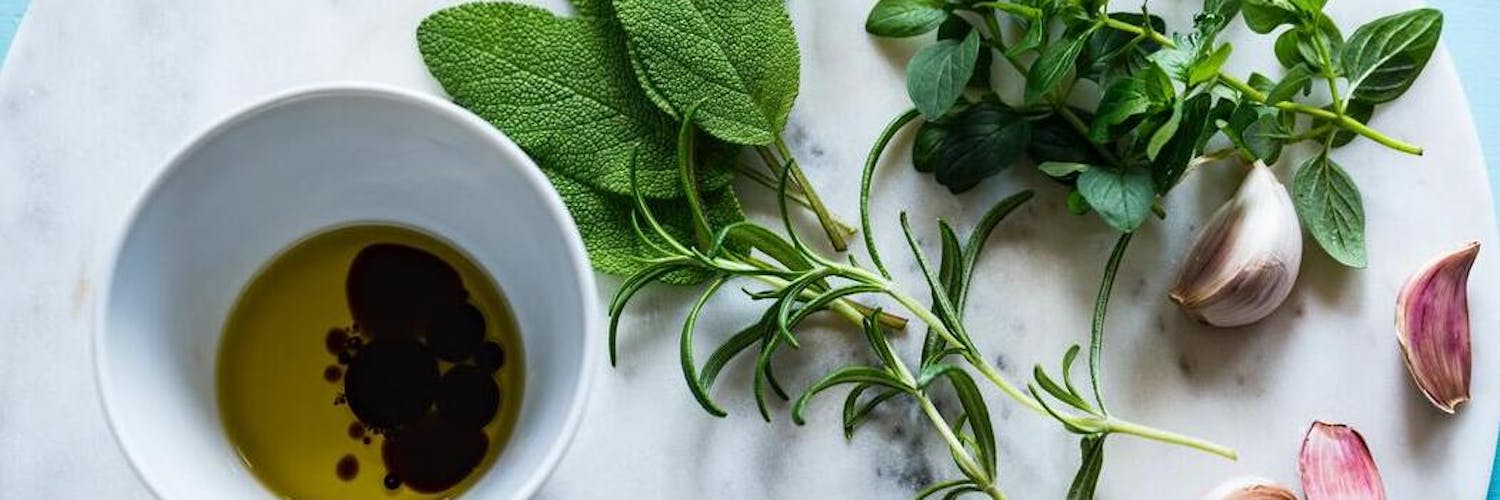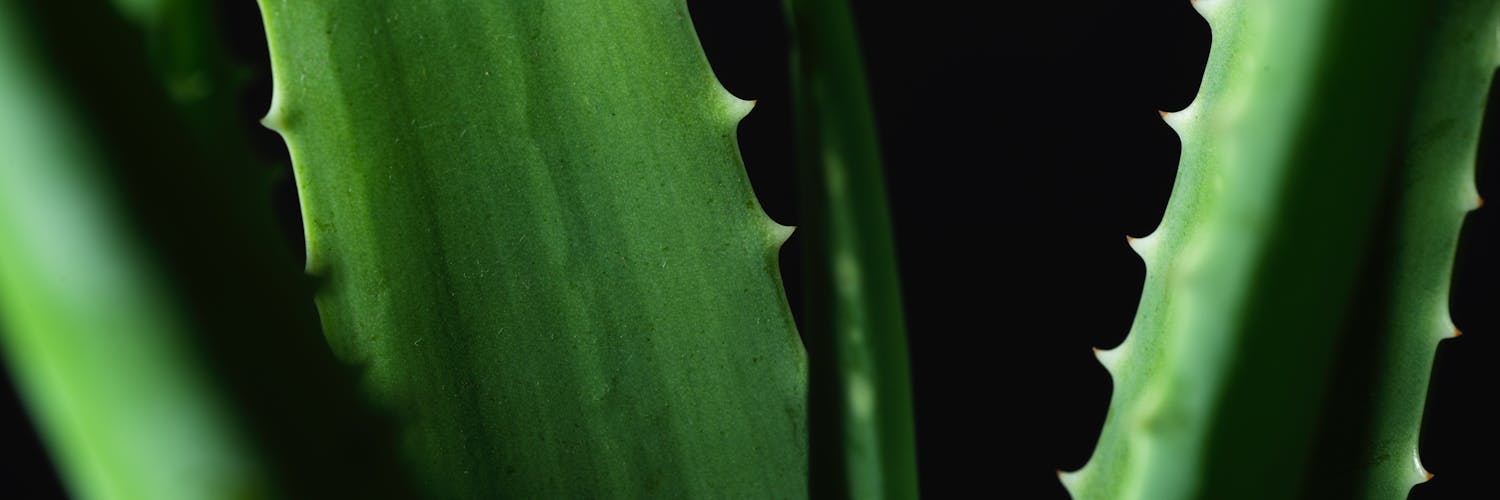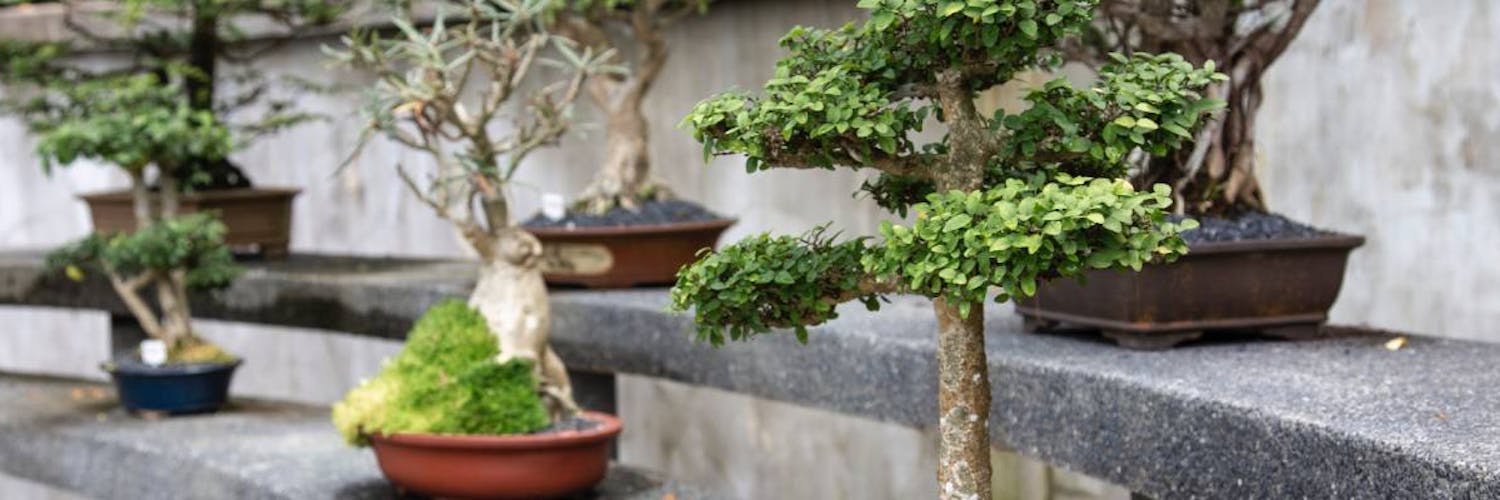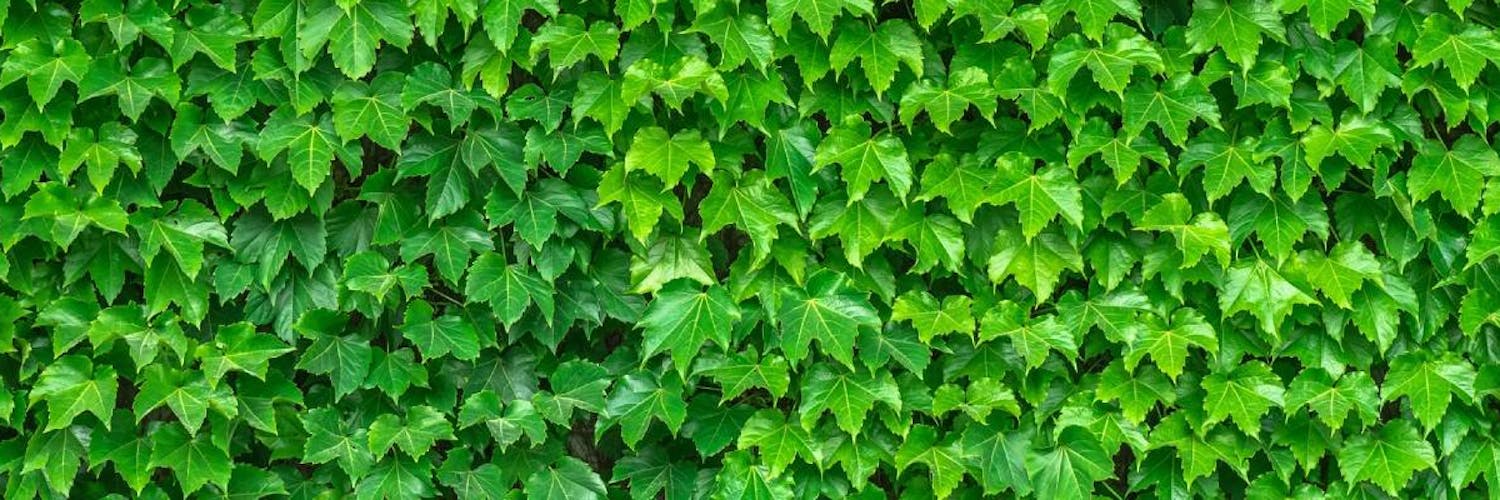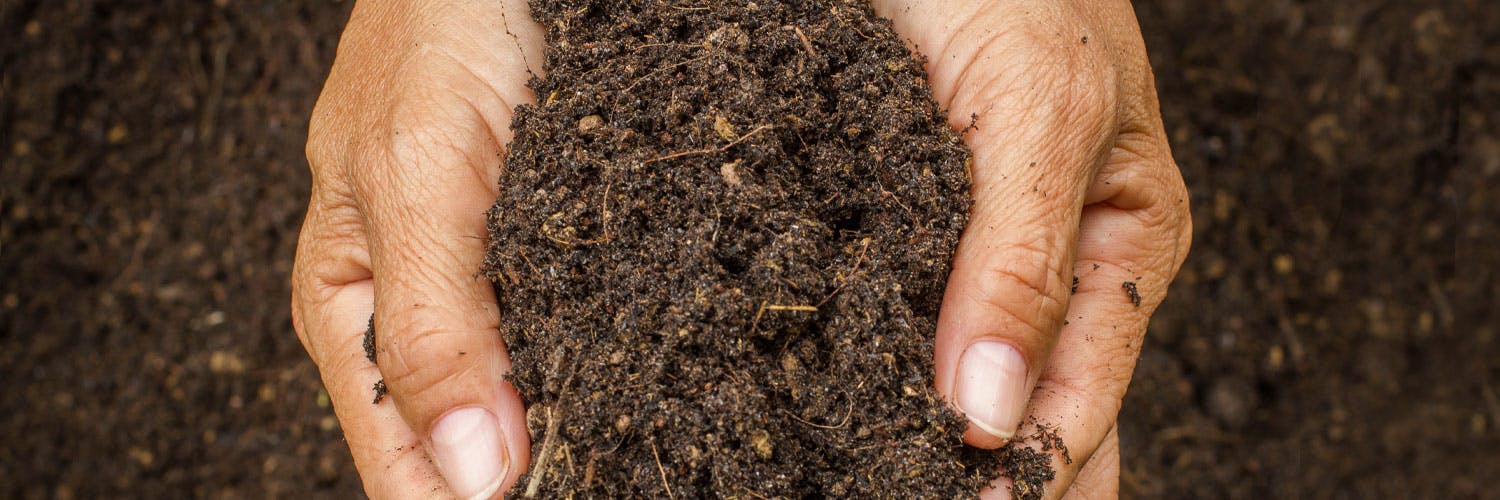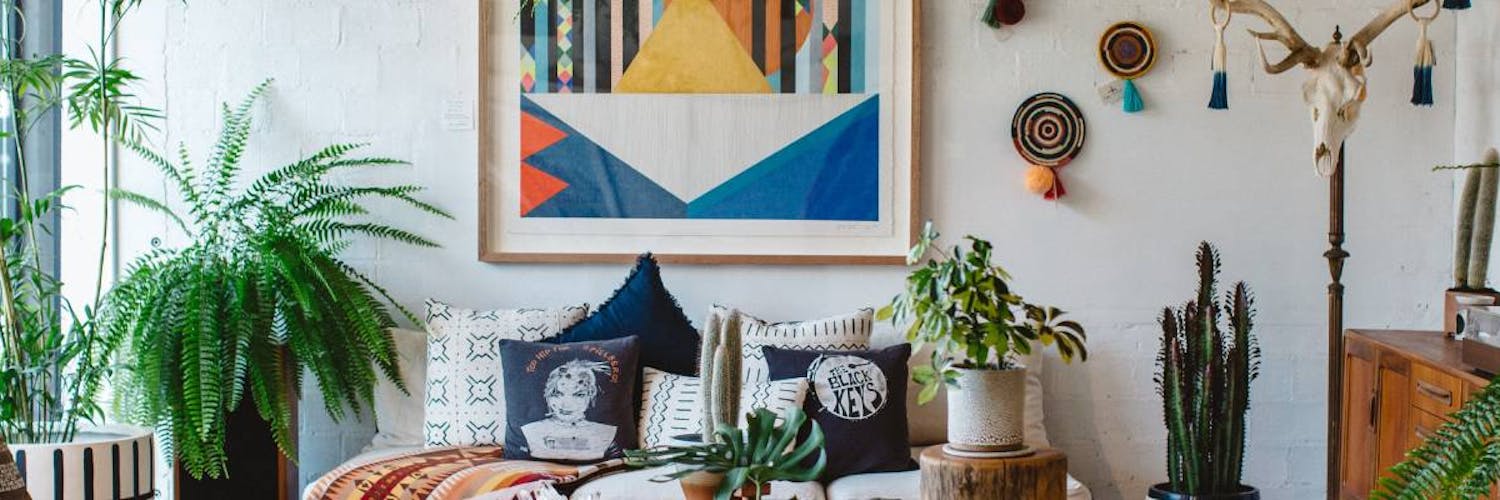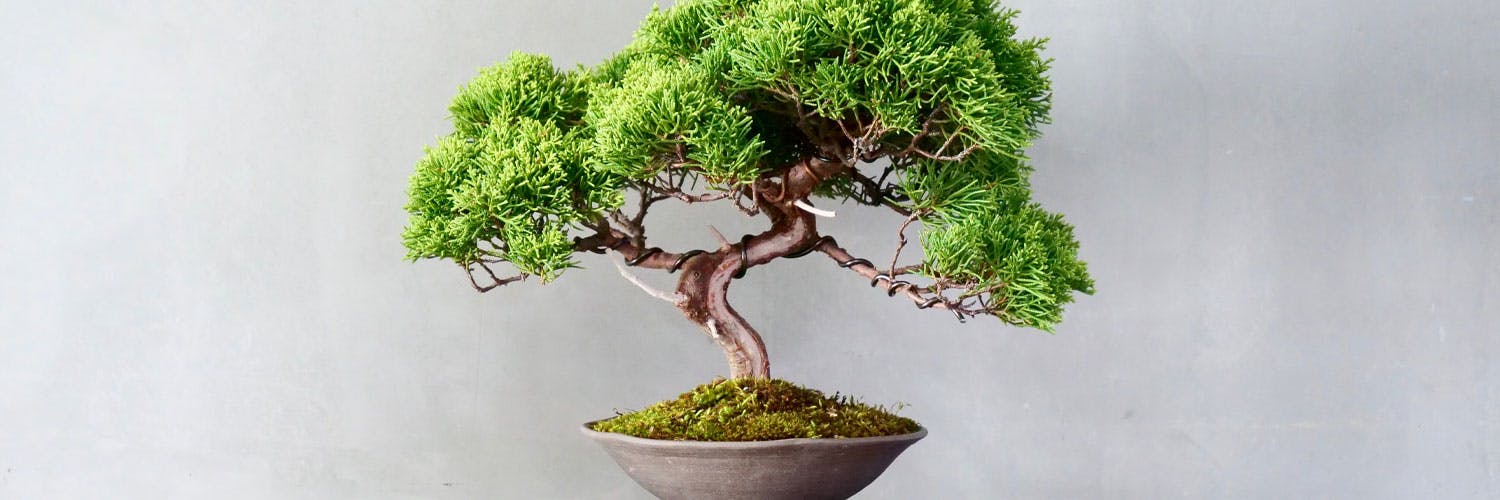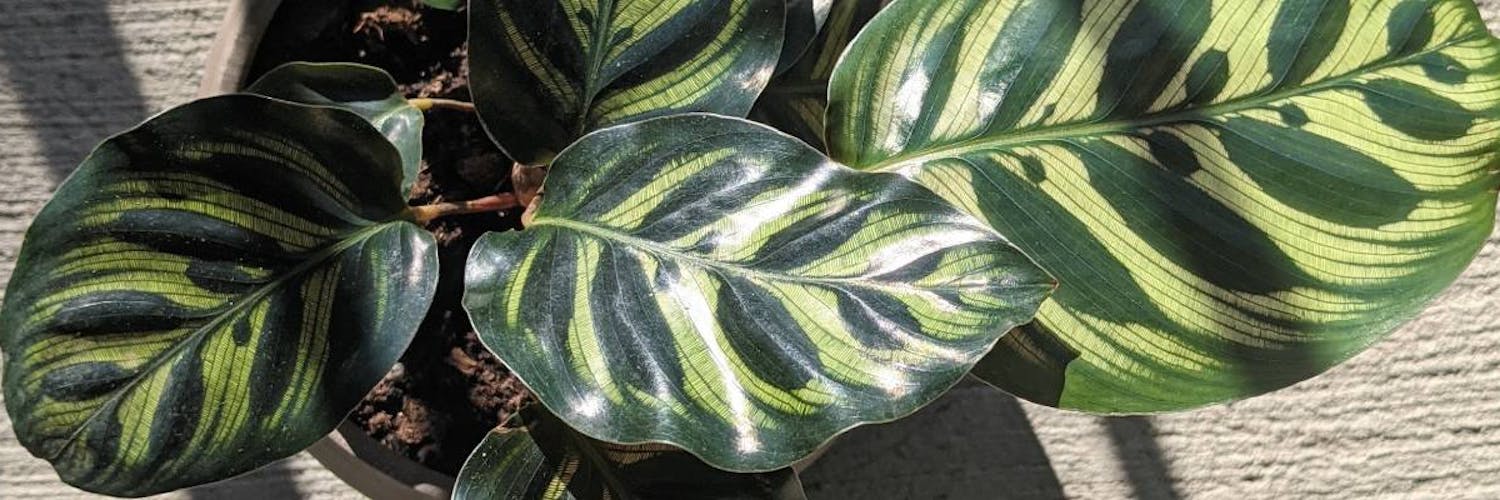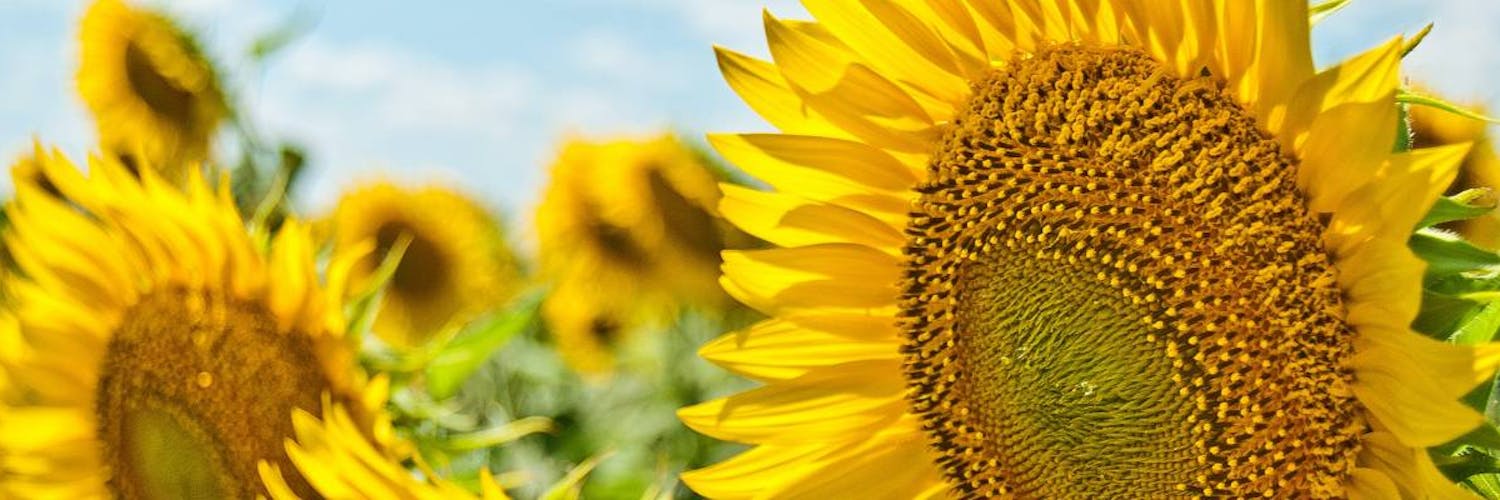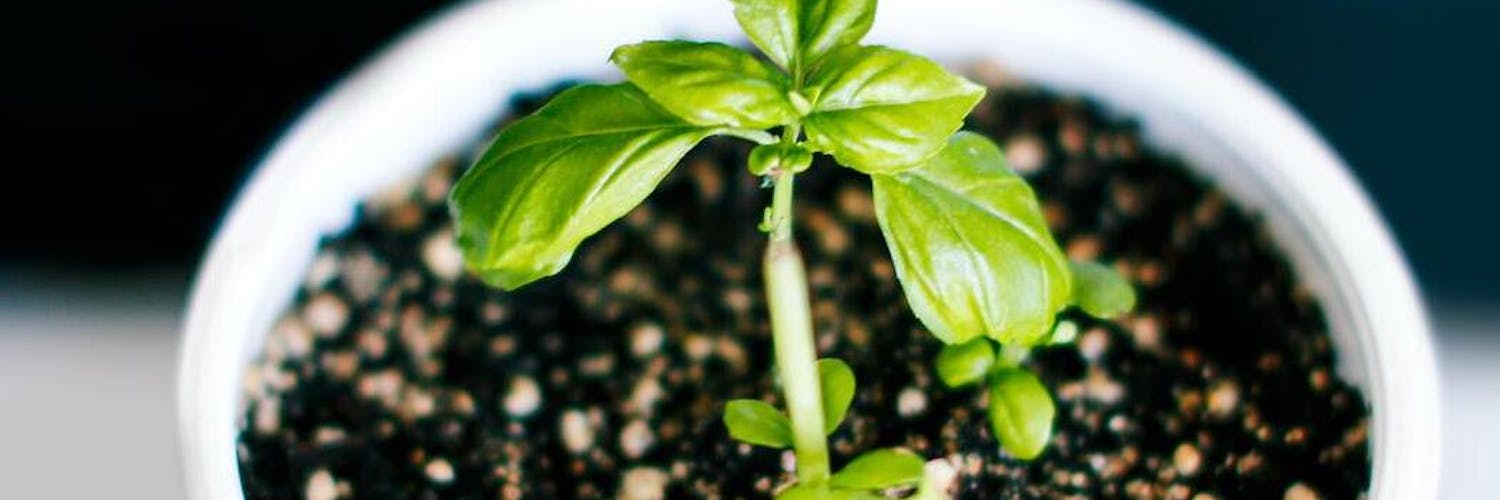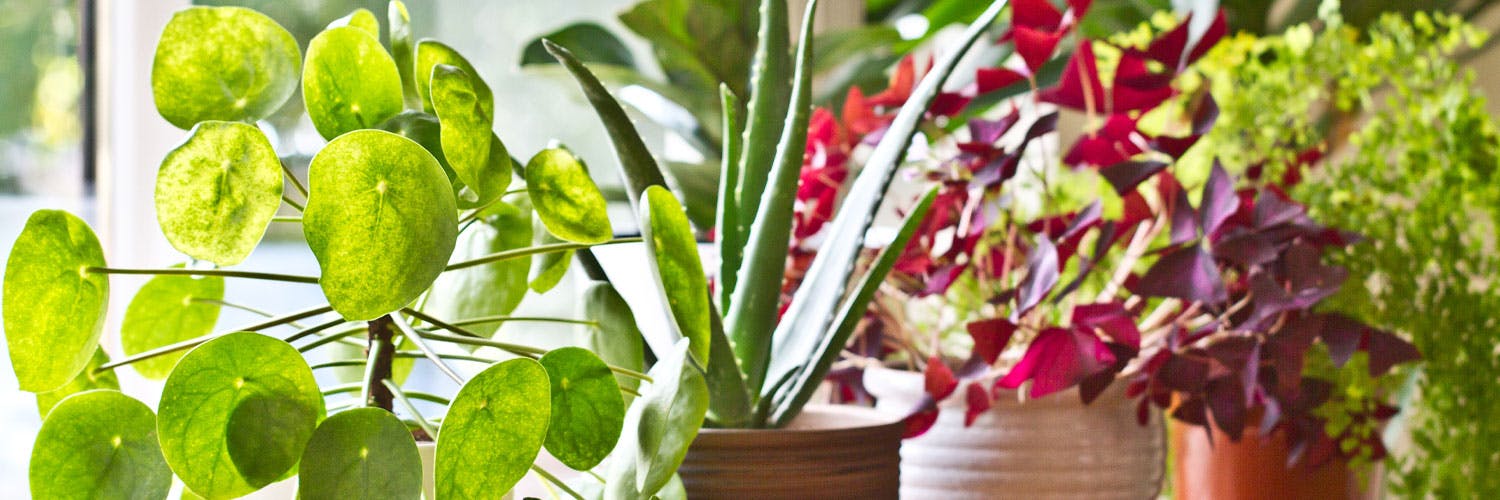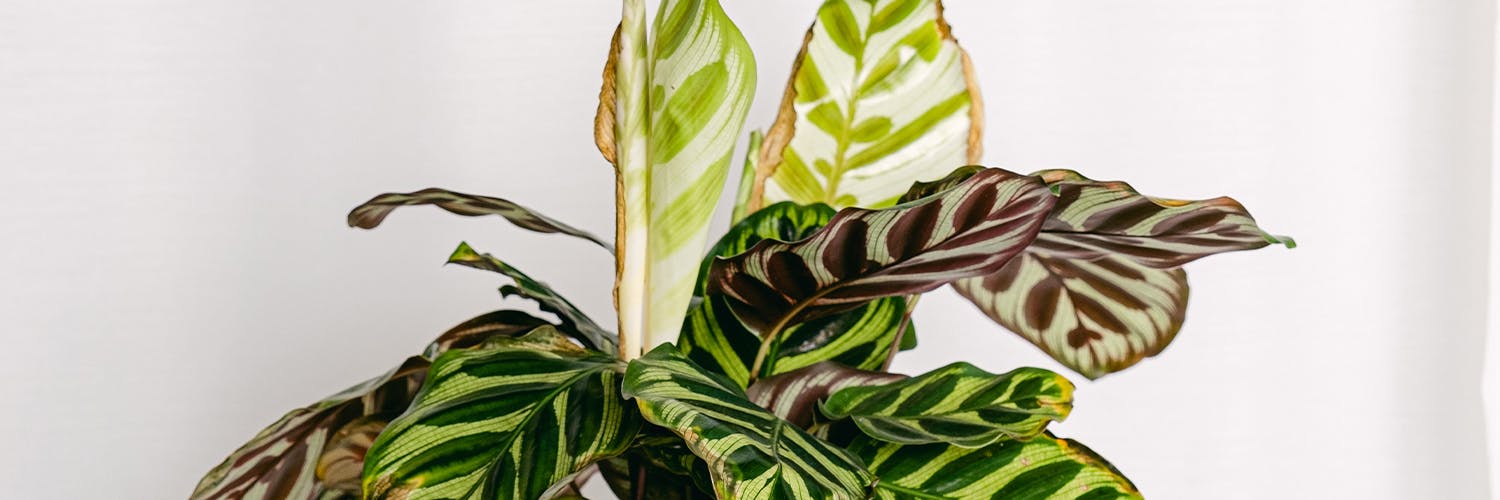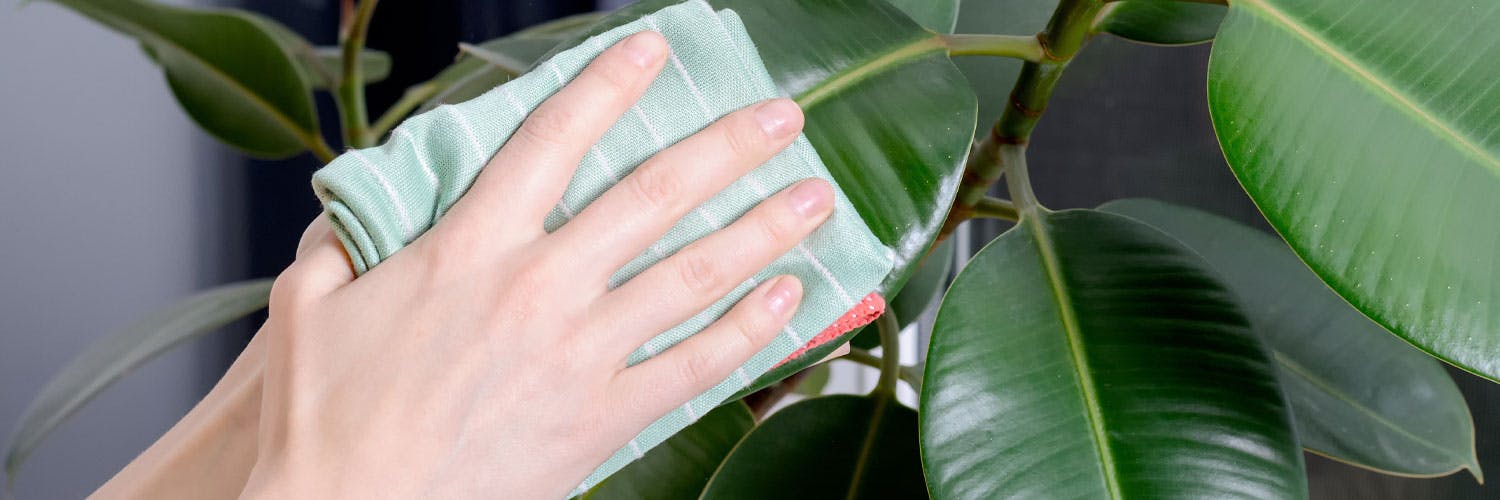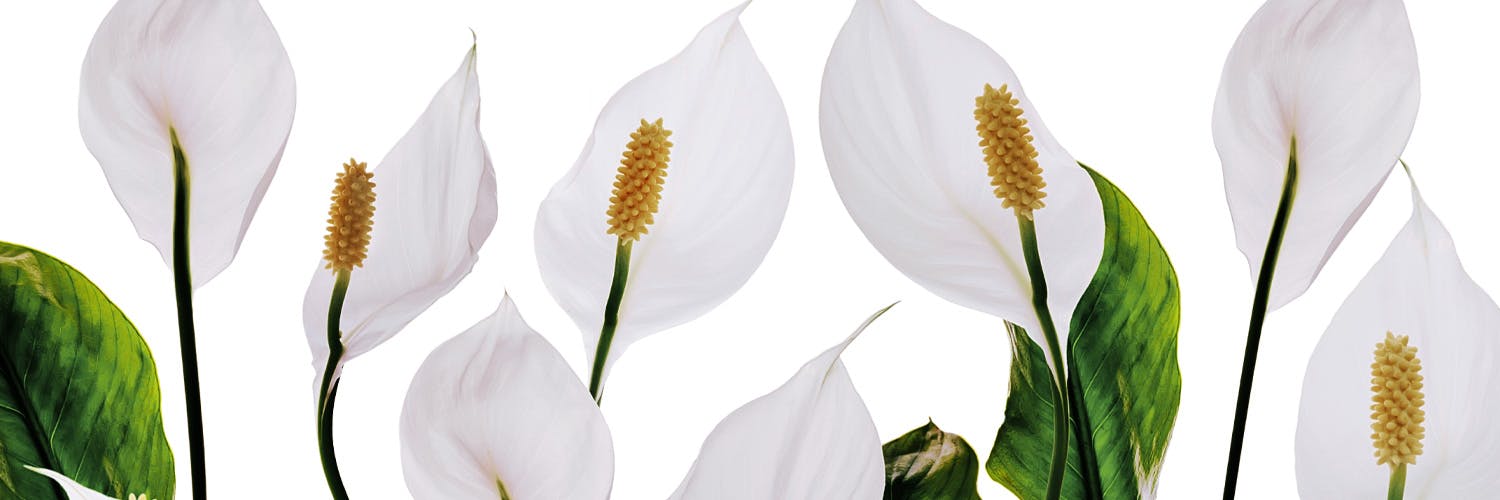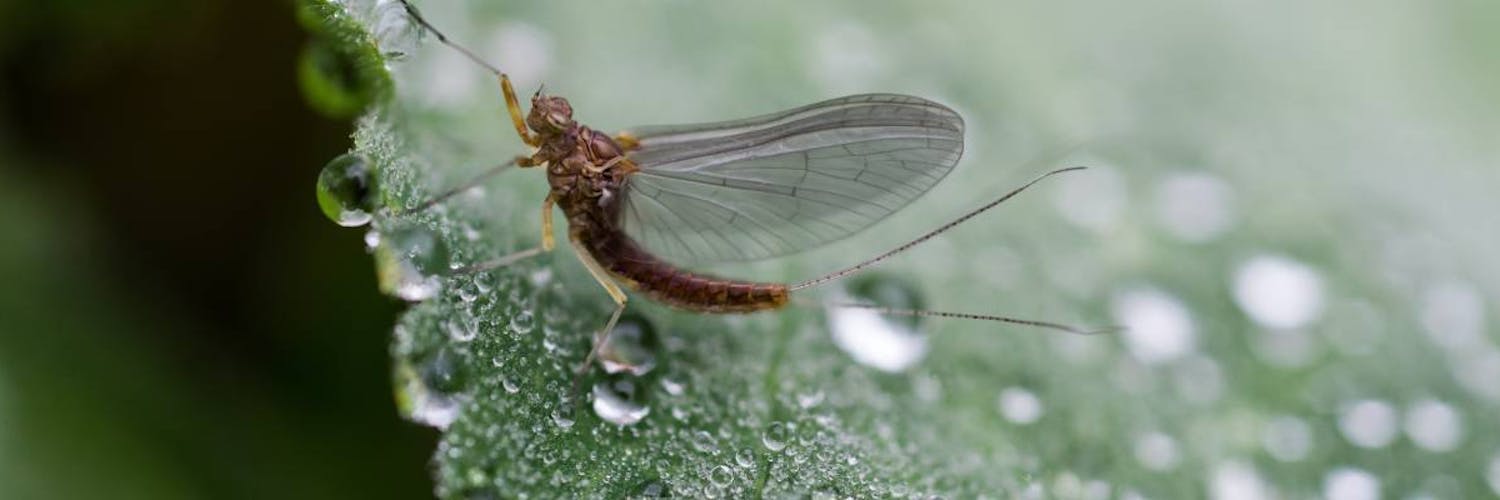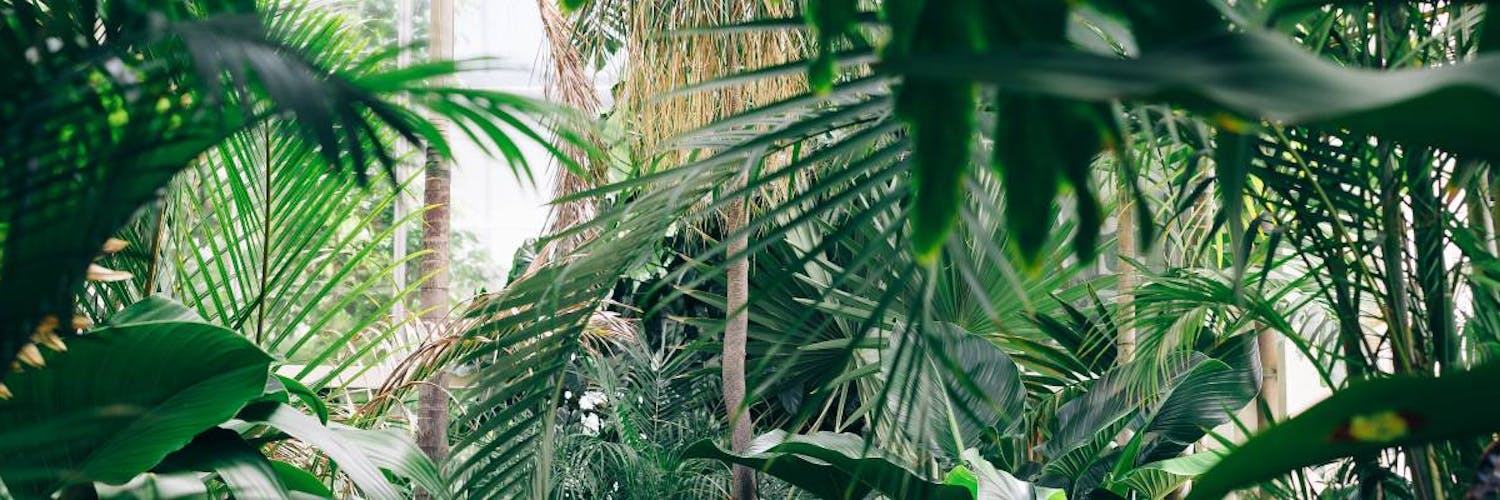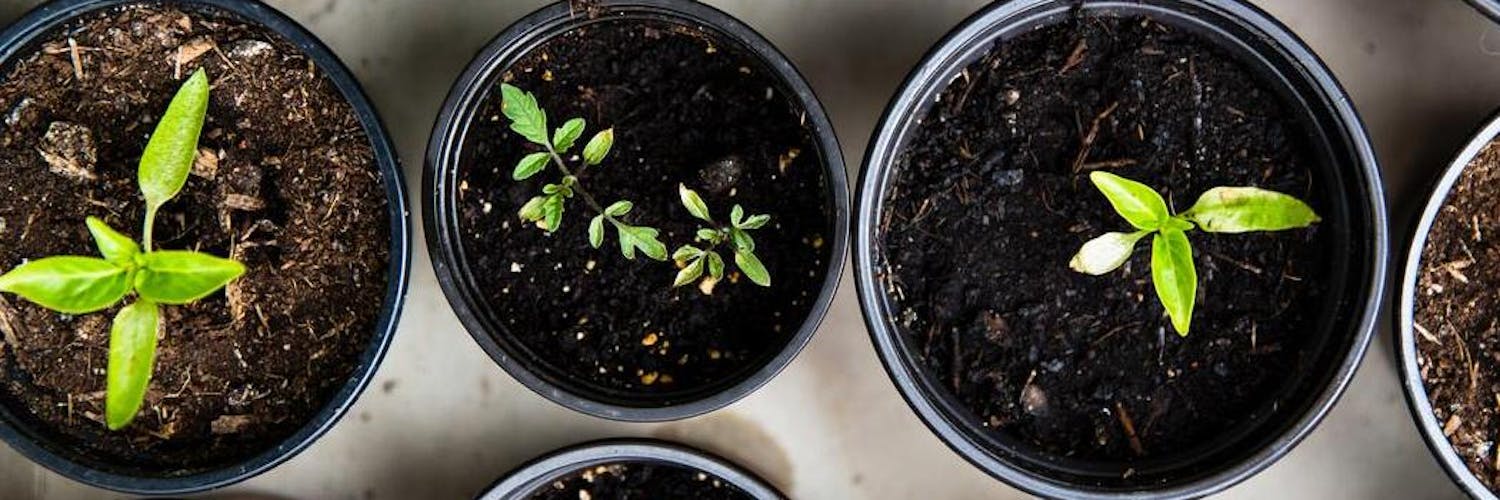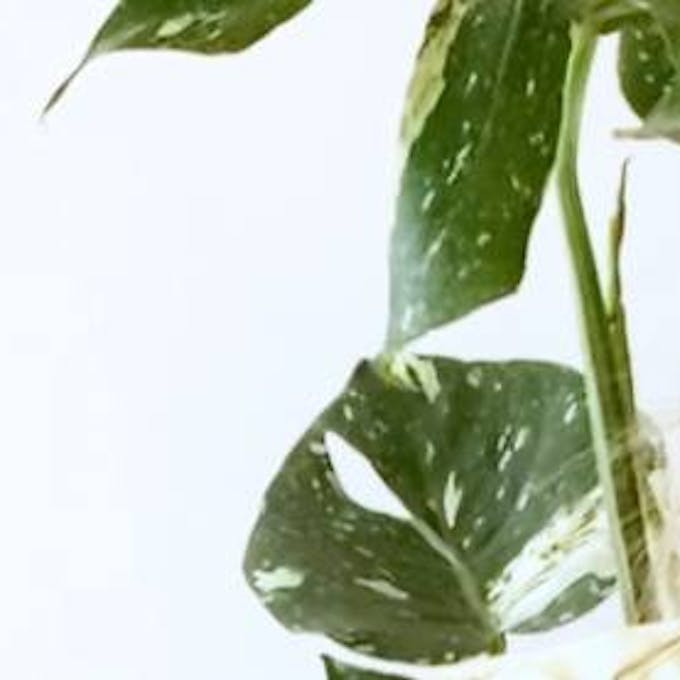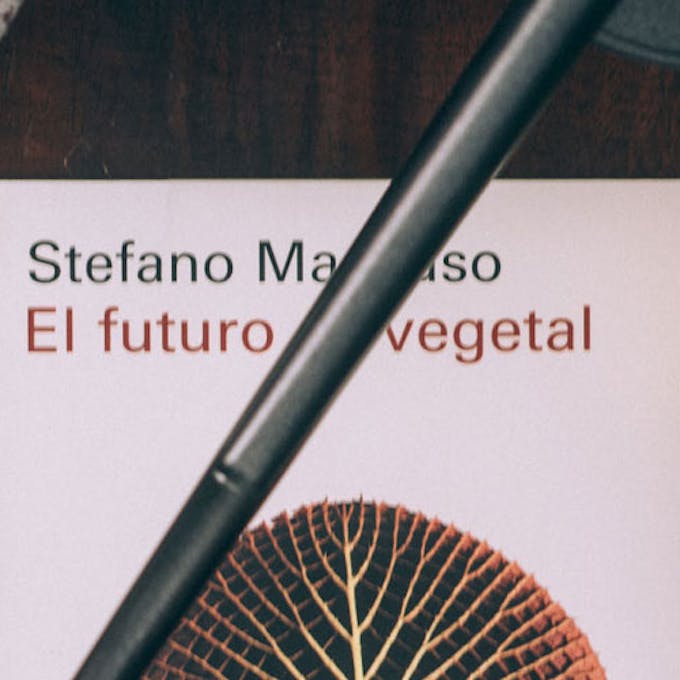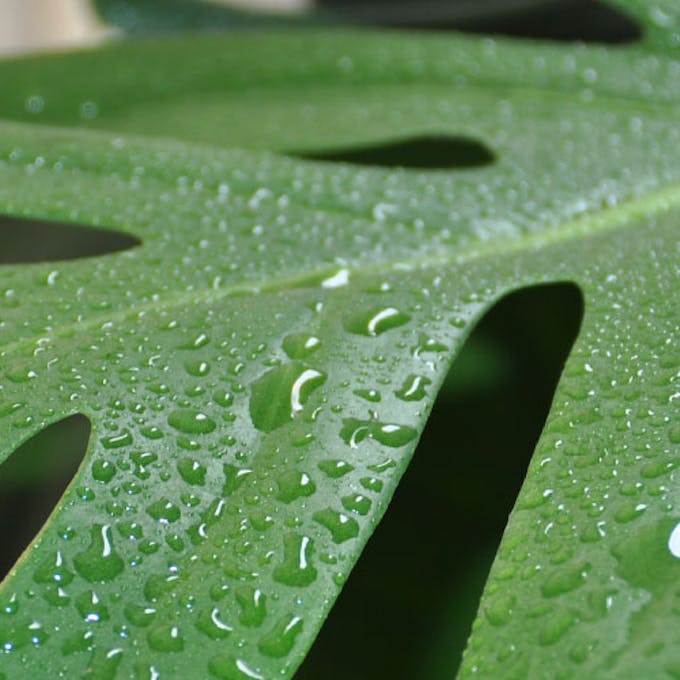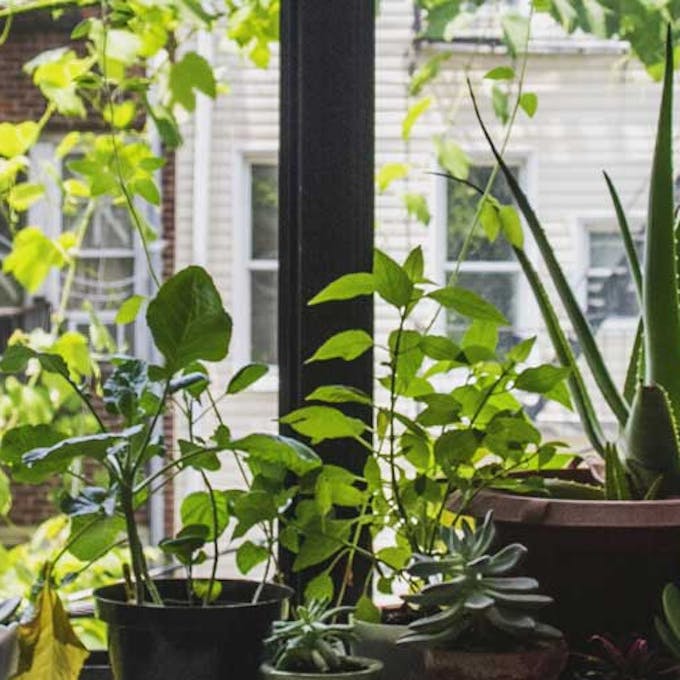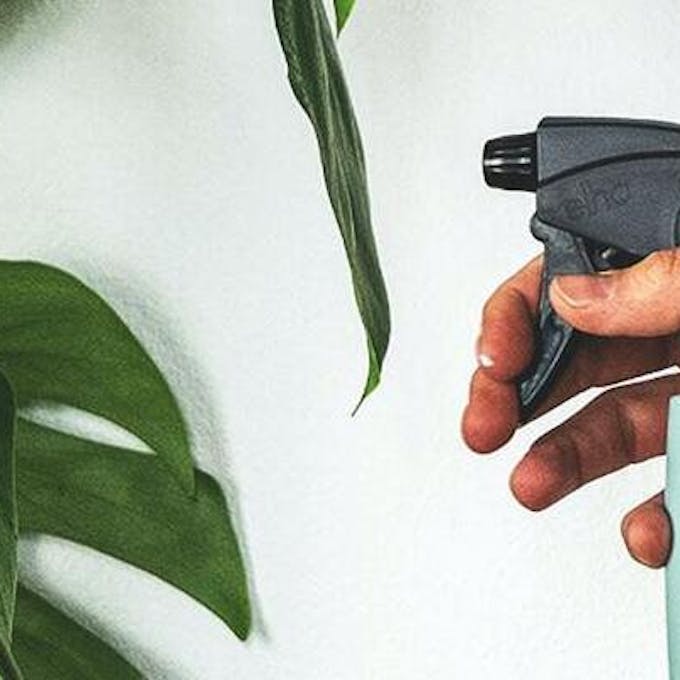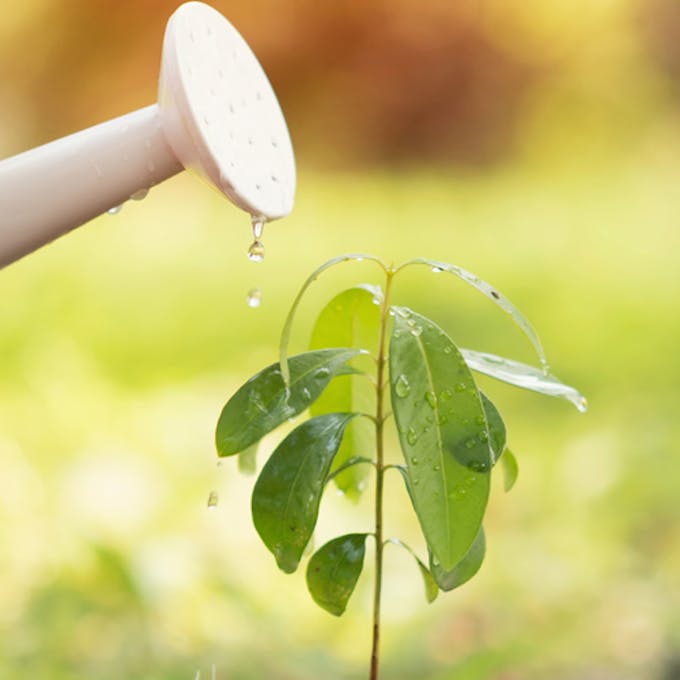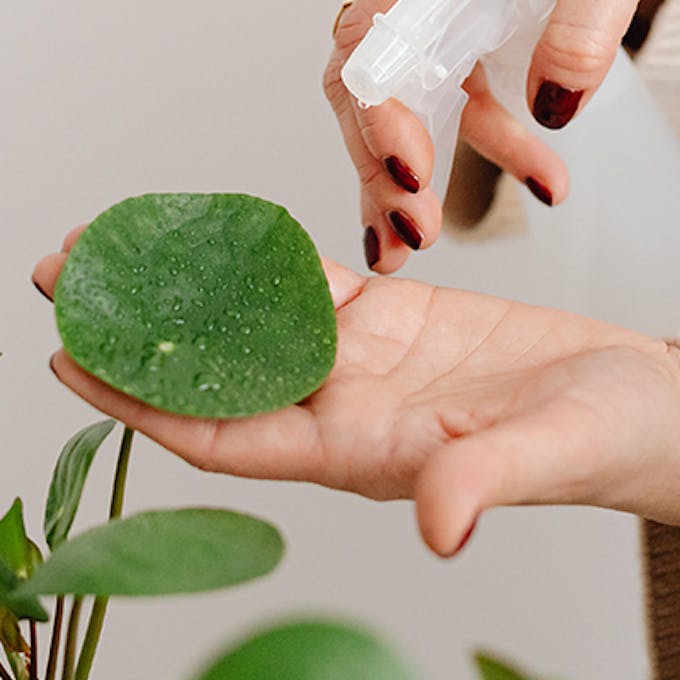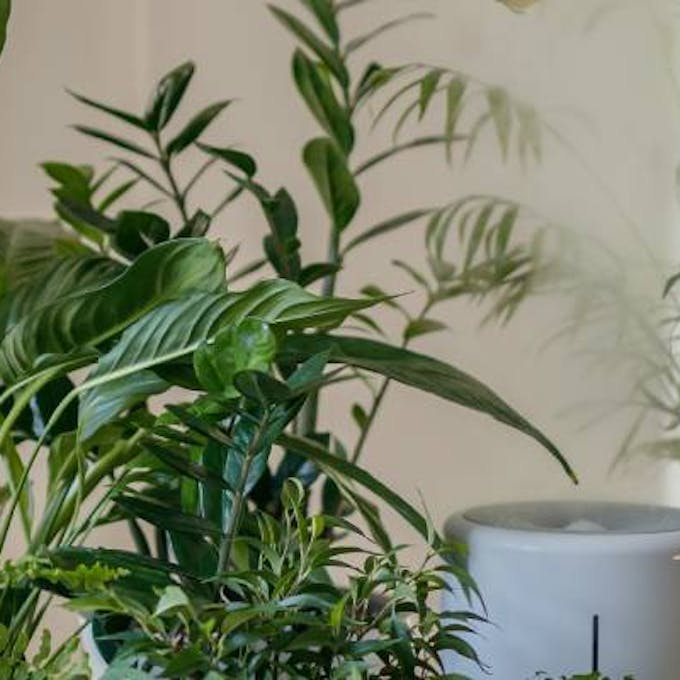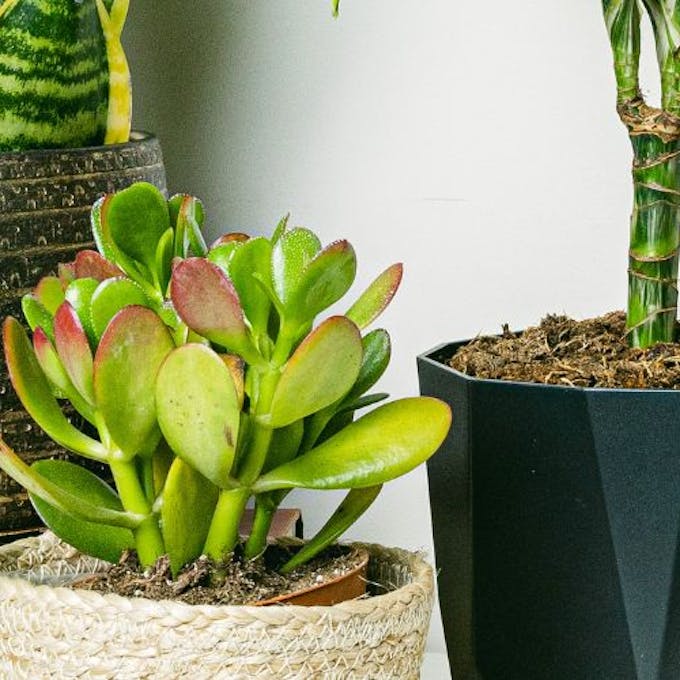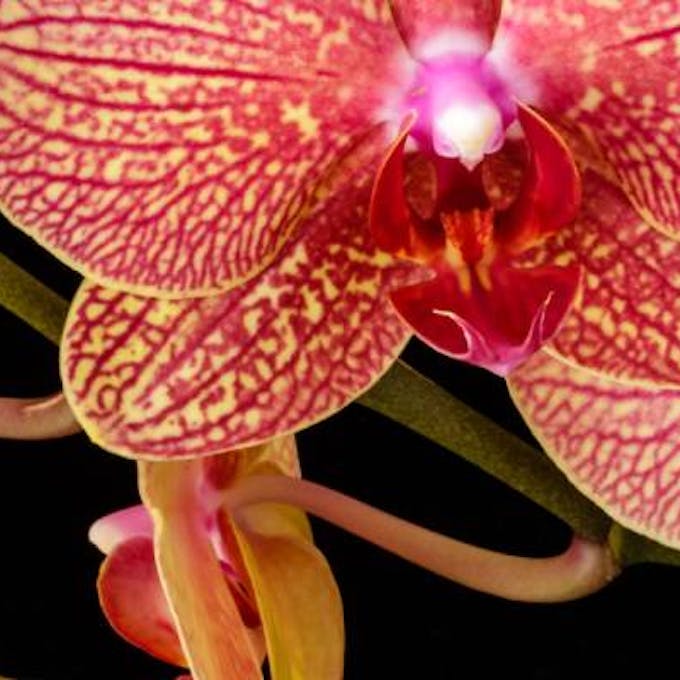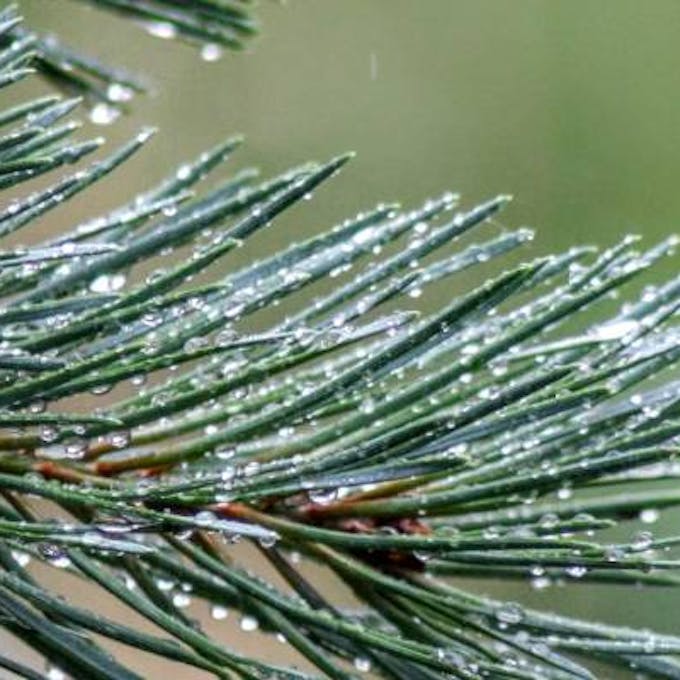Subscribe and get a 10% discount!
Growing plants is easy with Be.Green
Related articles
Simple plants to care for to give to a little girl on her birthday
Find a hardy houseplant in Dracaena Marginata
Learn how to protect your home from non-ionizing radiation with these plants
La Pachira, the plant of prosperity that will transform your space
Completely transform your home with the imposing and elegant presence of a fiddle-leaf fig tree
Autumn is here: a guide to caring for your houseplants during this season
Fall and Houseplants: How to Keep Them Healthy and Vibrant During This Season
Plants and terrariums: gifts that connect children with nature
Organic fertilisers: the key to a lush garden full of life
Decorate your home in style: discover ideas to beautify your houseplants with decorative planters and surprise everyone
Practical tips and recommendations for caring for your plants at home or in the office
Transform your home into a tropical oasis thanks to the beauty of the Monstera
Learn how to take care of the Chinese money plant and attract prosperity
Discover 10 houseplants that can purify your home and improve the air quality around you
Want to impress a man? Give him a plant
Adam's rib plant: the secret to making your home cozier